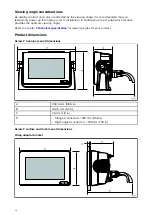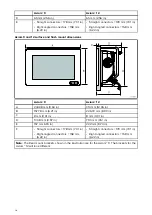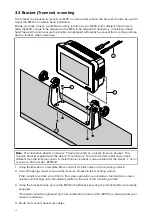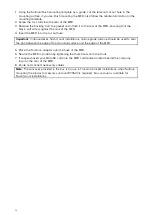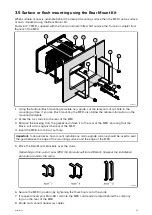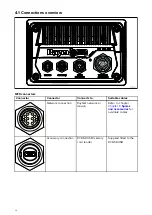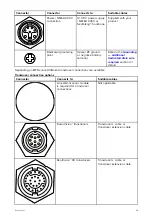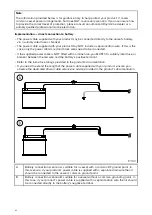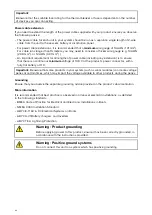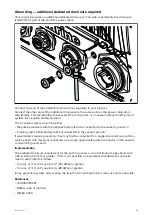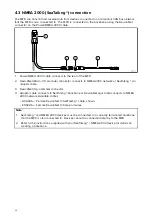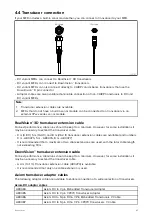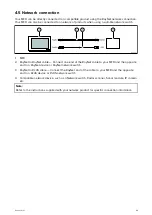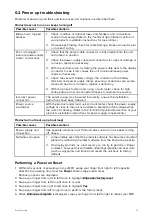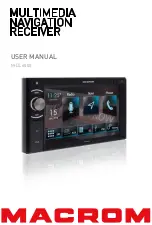
Note:
The information provided below is for guidance only, to help protect your product. It covers
common vessel power arrangements, but does NOT cover every scenario. If you are unsure how
to provide the correct level of protection, please consult an authorized Raymarine dealer or a
suitably qualified professional marine electrician.
Implementation — direct connection to battery
• The power cable supplied with your product may be connected directly to the vessel's battery,
via a suitably rated fuse or breaker.
• The power cable supplied with your product may NOT include a separate drain wire. If this is the
case, only the power cable’s red and black wires need to be connected.
• If the supplied power cable is NOT fitted with an inline fuse, you MUST fit a suitably rated fuse or
breaker between the red wire and the battery’s positive terminal.
• Refer to the inline fuse ratings provided in the product’s documentation.
• If you need to extend the length of the power cable supplied with your product, ensure you
observe the dedicated
Power cable extensions
advice provided in the product’s documentation.
A
Battery connection scenario A: suitable for a vessel with a common RF ground point. In
this scenario, if your product’s power cable is supplied with a separate drain wire then it
should be connected to the vessel’s common ground point.
B
Battery connection scenario B: suitable for a vessel without a common grounding point. In
this case, if your product’s power cable is supplied with a separate drain wire then it should
be connected directly to the battery’s negative terminal.
42

